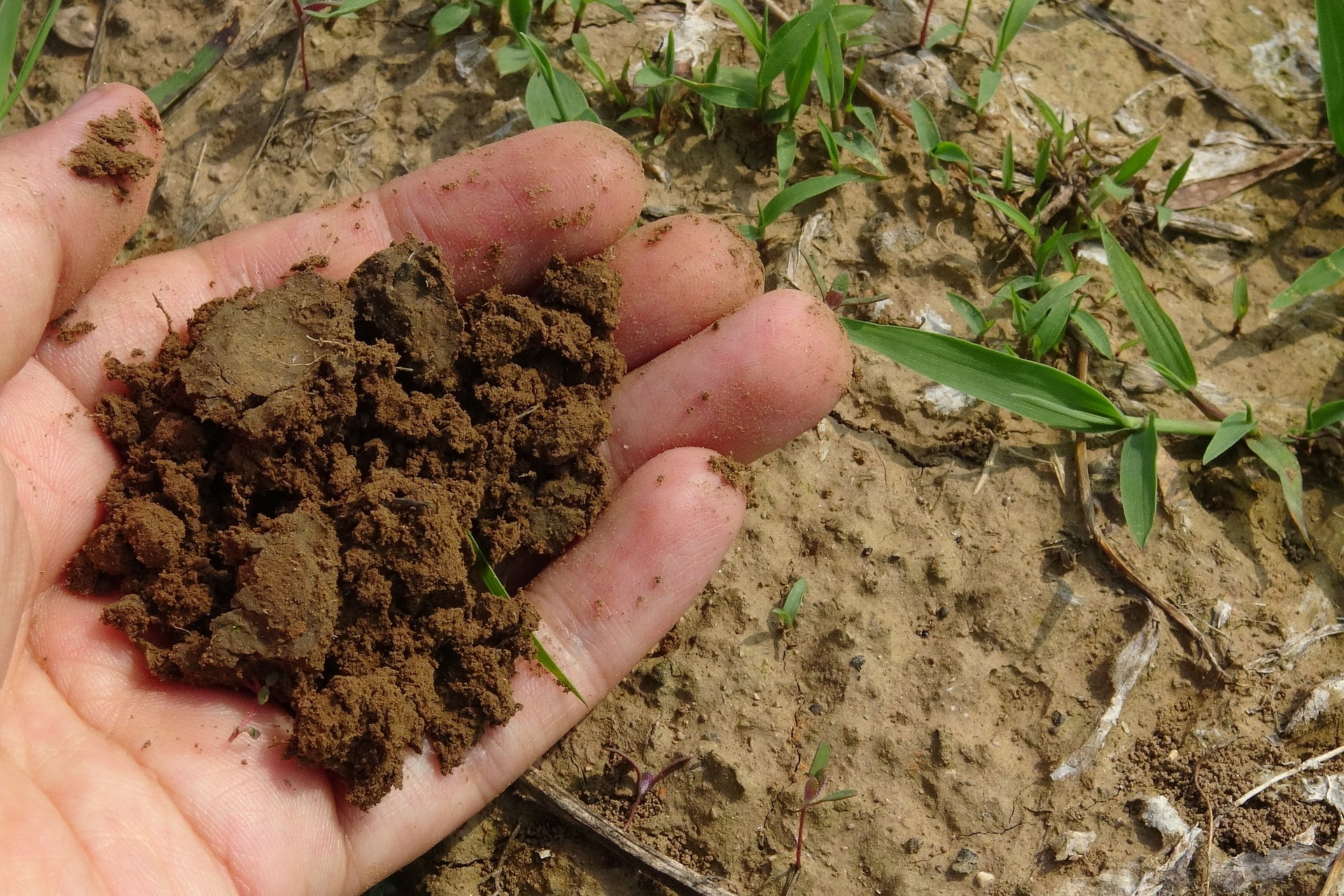Get Your Dirt Working With Microbes
Fighting the carbon battle one compost bin at a time
Author: Cody Hooks | Published: November 9, 2017
My first composting experiment started in college with a cute, ceramic bin on the kitchen counter of the drafty house I shared with seven other people. We were being green and trying to find ways to actually keep the smell of eight people (hippies, no less) in check.
My second composting operation was here in Taos — the most sensible way to use up the food scraps and help out the plants I’d grow the following season.
But what if compost could address issues other than wounds suffered by the ego for not having a greener thumb? What if compost could actually be part of the constellation of solutions to humanity’s biggest challenge – climate change?
It can.
Rivers and Birds, an environmental education nonprofit based in Arroyo Seco, recently hosted a workshop by the New Mexico State University scientist and compost innovator, David C. Johnson.
Together with his wife, Hui-Chan Su Johnson, the pair created the Johnson-Su Composting Bioreactor.
Making compost that helps regenerate the natural processes in dirt doesn’t take a specific recipe. As Johnson explained, he created a stationary composting bin, or bioreactor, that costs about $40 in materials and can turn leaves, manure or food scraps into a compost dense with a diversity of microbes and fungi.
And Johnson’s research, undertaken in the dry, hot environment of southern New Mexico, has shown that soil treated with his compost can be more productive than even the rainforests of the Amazon.
“If we are to achieve long-term stability in our agricultural systems,” Johnson wrote in a bioreactor manual, “it may be advantageous for us to start emulating the composting actives of nature and our ancestors.”
Mighty microbes
Let’s start with the amazing fact that there are microbes (tiny, invisible fungi, bacteria and single-cell organisms) are everywhere and life is utterly dependent on them.
The human body is a perfect example of this microbial dependence in action. Cell to cell, every human is outnumbered by the microbes that live in and on the body. Our shared space isn’t neutral; fecal transplants (of gut microbes) and eating fermented foods (rich in beneficial bacteria) are among the ways of restoring a healthy microbiome.
And in the same way microbes are essential to the body, they’re essential to the soil.
But agriculture disturbs the soil. Tilling quite literally turns well-established microbial communities upside down. And in the process, stores of carbon are released.
“Plowing actually damages the soil structure and exposes soil carbon — the crumbling blackness that generations of farmers have recognized as a feature of the best, richest soil — to the air, where it combines with oxygen and floats away as carbon dioxide,” Kristin Ohlson wrote in her 2014 book, “The Soil Will Save Us.”
And carbon dioxide is a big contributor to climate change, according to scientists.
Sequestering carbon – trapping the gas back in the ground – is a big step in mitigating climate change as best we can. But getting carbon back into the ground is going to take working with the soil as a whole ecosystem and not as an isolated input in agricultural production.
“We’ve bred plants to grow in poor soils,” Johnson explained. “Let’s flip that. Let’s fix our soils and see what plants can do.”

